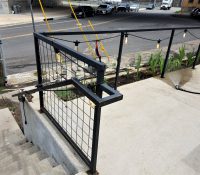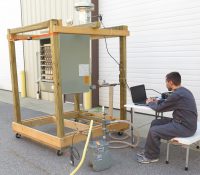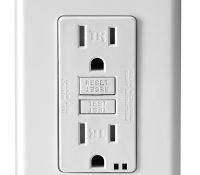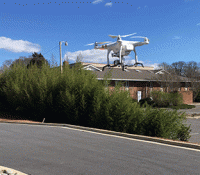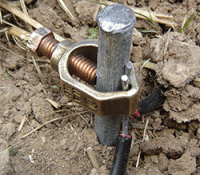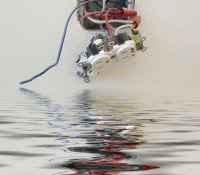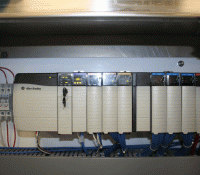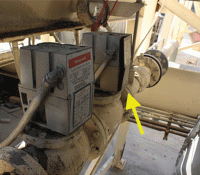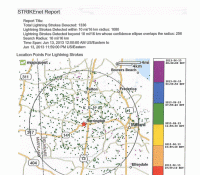Hazards Can Lurk Anywhere … Watch Your Step …
While on a lunch stop during a recent vacation trip through Tennessee, I happened across a safety hazard that required immediate attention. The establishment had a raised concrete patio at the front with a steel railing around the perimeter. At one edge of the patio was a set of stairs with a continuation of the steel railing used as a handrail. The top edge of the patio had light strings wrapping the top metal bar as accent lighting for the perimeter. The light string continued down the stair handrail wrapped in the same manner as the rest of the patio. Read More



